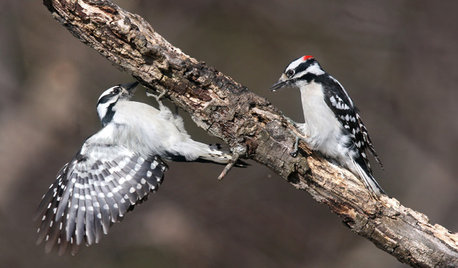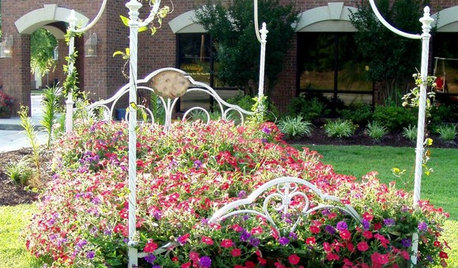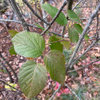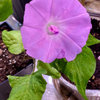Can anyone please identify this plant?
lucyfretwell
11 years ago
Related Stories

BUDGET DECORATINGThe Cure for Houzz Envy: Living Room Touches Anyone Can Do
Spiff up your living room with very little effort or expense, using ideas borrowed from covetable ones
Full Story
KITCHEN DESIGNThe Cure for Houzz Envy: Kitchen Touches Anyone Can Do
Take your kitchen up a notch even if it will never reach top-of-the-line, with these cheap and easy decorating ideas
Full Story
DECORATING GUIDESThe Cure for Houzz Envy: Dining Room Touches Anyone Can Do
Get a decorator-style dining room on the cheap with inexpensive artwork, secondhand furniture and thoughtful accessories
Full Story
MUDROOMSThe Cure for Houzz Envy: Mudroom Touches Anyone Can Do
Make a utilitarian mudroom snazzier and better organized with these cheap and easy ideas
Full Story
BEDROOMSThe Cure for Houzz Envy: Master Bedroom Touches Anyone Can Do
Make your bedroom a serene dream with easy moves that won’t give your bank account nightmares
Full Story
BUDGET DECORATINGThe Cure for Houzz Envy: Entryway Touches Anyone Can Do
Make a smashing first impression with just one or two affordable design moves
Full Story
GARDENING FOR BIRDSBackyard Birds: How to Identify Two Common Woodpeckers
Downy and hairy woodpeckers have similar coloration and behavior. But there are two big differences that separate them
Full Story
GARDENING GUIDESGreat Design Plant: Ceanothus Pleases With Nectar and Fragrant Blooms
West Coast natives: The blue flowers of drought-tolerant ceanothus draw the eye and help support local wildlife too
Full Story
HOUSEPLANTSMother-in-Law's Tongue: Surprisingly Easy to Please
This low-maintenance, high-impact houseplant fits in with any design and can clear the air, too
Full Story
CONTAINER GARDENSYes, You Can Grow a Plant In That
You can upcycle your old typewriter, paint cans, tires and many more things into places for your plants
Full Story










kayjones
ron_convolvulaceae
Related Professionals
Windham Landscape Architects & Landscape Designers · Milwaukee Landscape Architects & Landscape Designers · Montgomeryville Landscape Architects & Landscape Designers · Goodyear Landscape Contractors · Bedford Heights Landscape Contractors · Burlington Landscape Contractors · Choctaw Landscape Contractors · Eureka Landscape Contractors · Haverhill Landscape Contractors · New Cassel Landscape Contractors · North Potomac Landscape Contractors · Ramsey Landscape Contractors · Waldorf Landscape Contractors · Kingsburg Landscape Contractors · Laguna Beach Stone, Pavers & Concretegardengal48 (PNW Z8/9)
lucyfretwellOriginal Author
gardengal48 (PNW Z8/9)
rhizo_1 (North AL) zone 7